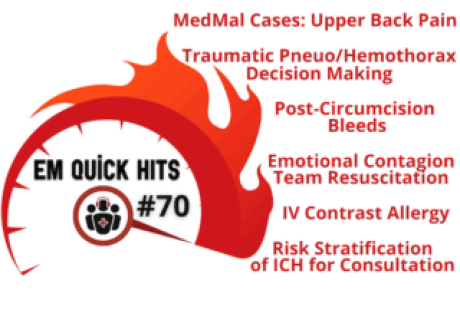Nicole S Glaser 1, Michael J Stoner 2, Aris Garro 3, Scott Baird 4, Sage R Myers 5, Arleta Rewers 6, Kathleen M Brown 7, Jennifer L Trainor 8, Kimberly S Quayle 9, Julie K McManemy 10, Andrew D DePiero 11 12, Lise E Nigrovic 13, Leah Tzimenatos 14, Jeff E Schunk 15, Cody S Olsen 15, T Charles Casper 15, Simona Ghetti 16, Nathan Kuppermann, Pediatric Emergency Care Applied Research Network (PECARN) DKA FLUID Study Group
Abstract
Objectives: Diabetic ketoacidosis (DKA) is typically characterized by low or low-normal serum sodium concentrations, which rise as hyperglycemia resolves. In retrospective studies, researchers found associations between declines in sodium concentrations during DKA and cerebral injury. We prospectively investigated determinants of sodium concentration changes and associations with mental status alterations during DKA.
Methods: Using data from the Pediatric Emergency Care Applied Research Network Fluid Therapies Under Investigation in Diabetic Ketoacidosis Trial, we compared children who had declines in glucose-corrected sodium concentrations with those who had rising or stable concentrations. Children were randomly assigned to 1 of 4 intravenous fluid protocols that differed in infusion rate and sodium content. Data from the first 4, 8, and 12 hours of treatment were analyzed for 1251, 1086, and 877 episodes, respectively.
Results: In multivariable analyses, declines in glucose-corrected sodium concentrations were associated with higher sodium and chloride concentrations at presentation and with previously diagnosed diabetes. Treatment with 0.45% (vs 0.9%) sodium chloride fluids was also associated with declines in sodium concentration; however, higher rates of fluid infusion were associated with declines in sodium concentration only at 12 hours. Frequencies of abnormal Glasgow Coma Scale scores and clinical diagnoses of cerebral injury were similar in patients with and without declines in glucose-corrected sodium concentrations.
Conclusions: Changes in glucose-corrected sodium concentrations during DKA treatment are influenced by the balance of free-water loss versus sodium loss at presentation and the sodium content of intravenous fluids. Declines in glucose-corrected sodium concentrations are not associated with mental status changes during treatment.
Copyright © 2021 by the American Academy of Pediatrics.
„Ь„Ю„Р„Ю„® „Ф„Ю„Ь„Р „Ь„Ч„• „Ы„Р„Я










